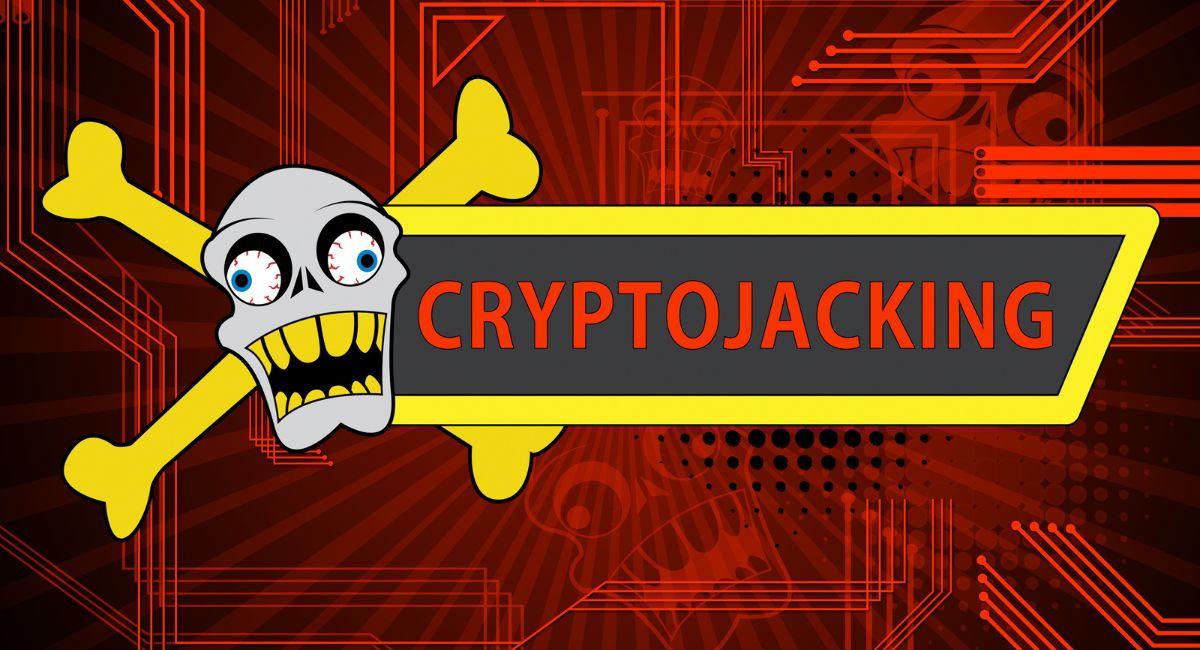A Comprehensive Analysis Of Front-Running Attacks In Blockchain

In the dynamic realm of blockchain technology, security concerns are paramount. One such threat that has gained prominence is front-running attacks. This article aims to delve into the intricacies of front-running attacks in blockchain, shedding light on the underlying mechanisms, potential risks, and strategies to mitigate this growing menace.
What are Front-Running attacks?

Front-running refers to the unethical practice of exploiting advance knowledge of pending transactions to gain an unfair advantage in financial markets. In the context of blockchain, front-running occurs when a malicious actor exploits information asymmetry to execute transactions ahead of others, taking advantage of price changes before they are reflected in the public ledger.
How Front-Running Works in Blockchain:
- Transaction Pool Monitoring: Malicious actors often monitor transaction pools, where pending transactions await confirmation. By identifying transactions likely to impact the market, they gain insight into potential price movements.
- Swift Execution: Armed with this information, the attacker quickly executes their own transaction, either replicating the target transaction or taking a position that benefits from the anticipated market movement.
- Profit Generation: The front-runner profits from price differentials caused by the delayed execution of the original transaction. This is particularly problematic in decentralized finance (DeFi) platforms, where users expect fair and transparent transaction processing.
Security benefits with IOTA vs blockchain 👀
MEV attacks such as sandwich attacks or front running are either impossible or very difficult on IOTA.
WHY: Smart contract transactions aren’t ordered by a leading block producer and don’t wait in a mempool to be transacted. So, the… pic.twitter.com/WBLhi09eYc
— B effect.iota 🦋🐝 (@karlaxelm) April 25, 2023

Risks and Implications in front-running attacks in blockchain

Front-running attacks in blockchain refer to a situation where a malicious actor exploits the time delay between the initiation of a transaction and its inclusion in the blockchain. This unethical practice allows the attacker to gain an advantage by executing transactions ahead of others, typically by manipulating the transaction pool. Here are the risks and implications associated with front-running attacks in blockchain:
- Unfair Advantage for Malicious Actors:
- Risk: Front-running provides an unfair advantage to attackers, enabling them to gain preferential treatment in executing transactions.
- Implication: Honest users may experience delays or increased transaction costs as malicious actors exploit their knowledge of pending transactions.
- Market Manipulation:
- Risk: Front-runners can manipulate the market by anticipating and exploiting large transactions, affecting prices and causing significant volatility.
- Implication: Market integrity is compromised, leading to potential financial losses for genuine market participants.
- Undermining Trust in Decentralization:
- Risk: Front-running attacks undermine the trust users have in the decentralized nature of blockchain networks.
- Implication: Reduced confidence may deter users from participating in blockchain platforms, impacting the growth and adoption of decentralized applications.
- Smart Contract Vulnerabilities:
- Risk: Front-running attacks often target smart contracts, taking advantage of their deterministic nature.
- Implication: Vulnerable smart contracts may result in financial losses, and developers may need to implement additional security measures to mitigate such risks.
- Incentive Misalignment:
- Risk: Front-running incentives may misalign with the intended use of blockchain platforms.
- Implication: It could discourage developers and users from actively engaging with blockchain projects, hindering the ecosystem’s overall growth.
- Regulatory Scrutiny:
- Risk: Increased front-running activities could attract regulatory attention.
- Implication: Regulatory bodies may introduce stricter measures, impacting the overall regulatory environment for blockchain and cryptocurrency.
- Erosion of Privacy:
- Risk: Front-running attacks may involve tracking and monitoring users’ transactions.
- Implication: Users’ privacy is compromised, potentially leading to concerns about the confidentiality of financial activities on the blockchain.
- Need for Constant Innovation in Security Measures:
- Risk: The dynamic nature of front-running attacks requires continuous adaptation of security protocols.
- Implication: Developers must invest resources in staying ahead of potential threats, leading to increased development costs.
In conclusion, front-running attacks pose significant risks to the integrity, trust, and functionality of blockchain networks. Addressing these challenges requires a combination of technological advancements, regulatory measures, and community awareness to maintain a secure and resilient blockchain ecosystem.
Methods for Preventing Front-Running Attacks

Preventing front-running attacks in the blockchain ecosystem requires a multifaceted approach, involving both technological solutions and strategic considerations. Here’s a detailed exploration of various methods for preventing front-running attacks:
- Private Transactions: Implementing privacy-focused technologies to enhance transaction confidentiality is a fundamental step in preventing front-running attacks. By making transactions less visible in public ledgers, attackers face increased difficulty in identifying and exploiting pending transactions.
- Optimized Smart Contract Design: Smart contracts are at the heart of many front-running attacks. Optimizing smart contract design can mitigate the impact of front-running by reducing the window of vulnerability during transaction execution. This involves minimizing the time between transaction submission and execution.
- Decentralized Exchanges with Order Book Privacy: Decentralized exchanges (DEXs) can explore incorporating order book privacy features. By concealing pending orders and transaction details, DEXs make it more challenging for attackers to monitor and front-run trades. This measure contributes to a fairer and more secure trading environment.
- Priority Gas Auctions: Introducing priority gas auctions is a mechanism to address gas price manipulation. Users willing to pay higher fees can secure faster transaction processing. This helps legitimate users while discouraging attackers from artificially inflating gas prices to gain priority.
- Threshold Relay and Commit-and-Reveal Schemes: Threshold relay and commit-and-reveal schemes are cryptographic techniques that add an additional layer of security to transactions. These methods aim to obscure transaction details until a specific point, reducing the predictability that attackers exploit for front-running.
- Randomization Techniques: Introducing randomness in transaction processing can disrupt the predictability that front-runners rely on. Techniques like adding a random delay to transaction execution or shuffling the order of transactions in a block can make it more challenging for attackers to anticipate and exploit market movements.
- MEV Auctions: Instead of letting miners or validators extract maximum value from transactions, the concept of Maximum Extractable Value (MEV) auctions has been proposed. MEV auctions allow users to bid for the right to include their transactions in a block, mitigating the advantage gained by attackers through front-running.
- On-Chain Governance and Security Audits: Implementing on-chain governance mechanisms enables the community to make protocol-level changes swiftly in response to emerging threats. Regular security audits of smart contracts and blockchain protocols can identify vulnerabilities and address them proactively, reducing the risk of front-running.
- Community Education and Awareness: Educating users and developers about the risks associated with front-running is crucial. Increased awareness helps users adopt best practices to secure their transactions, while developers can design more robust systems that account for potential front-running vulnerabilities.
- Regulatory Compliance for Centralized Exchanges: In the case of centralized exchanges, regulatory compliance can contribute to a more secure trading environment. Adhering to cybersecurity rules and regulations helps mitigate the risk of front-running attacks by imposing standardized security measures.
- Dynamic Fee Models: Implementing dynamic fee models that adjust based on market conditions and congestion can discourage attackers from manipulating gas prices. This ensures that users who genuinely need faster transaction processing are prioritized without creating opportunities for front-runners.
By combining these methods and continually adapting to emerging threats, the blockchain community can enhance the security and fairness of transactions, making front-running attacks more challenging to execute successfully. As the technology evolves, ongoing research and collaboration will play a crucial role in staying ahead of potential vulnerabilities.
Conclusion:
Front-running attacks pose a significant threat to the integrity of blockchain systems, particularly in the context of decentralized finance. As the blockchain ecosystem continues to evolve, addressing these vulnerabilities is crucial for maintaining trust and fostering widespread adoption. Through a combination of technological advancements and strategic measures, the community can work together to mitigate the risks associated with front-running and ensure a more secure and equitable blockchain environment.




























































